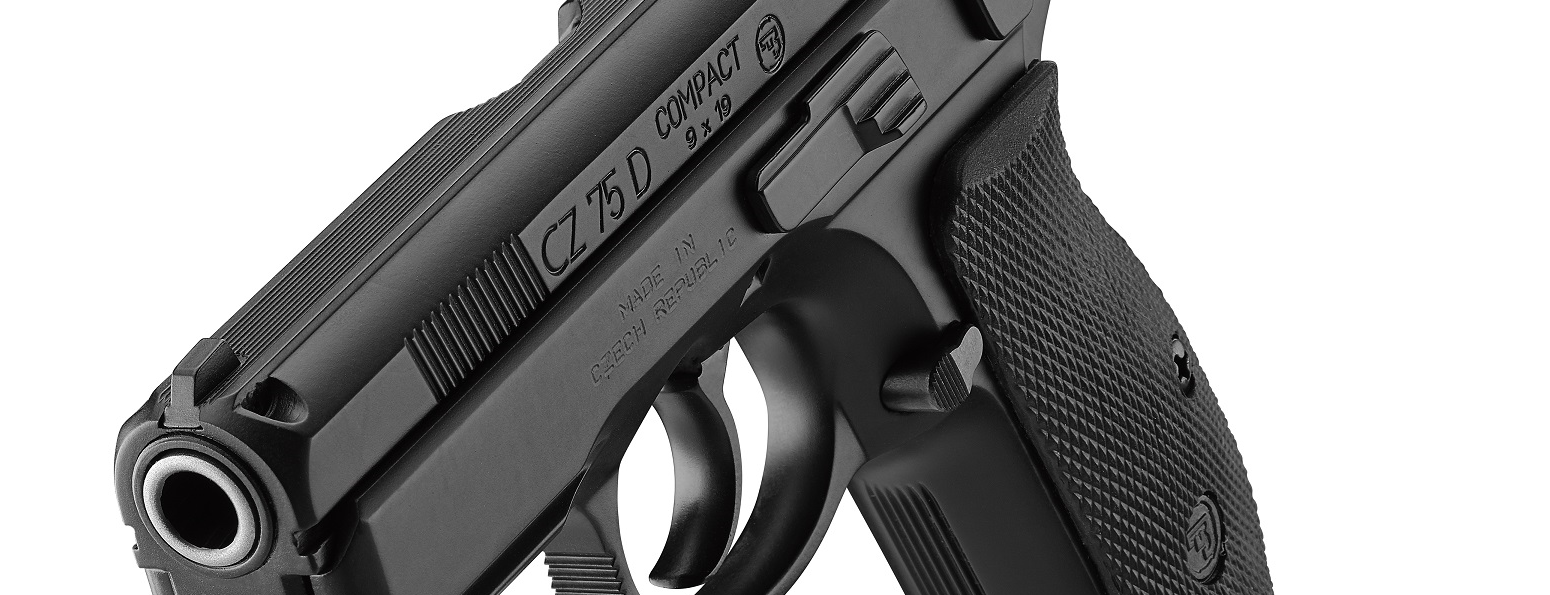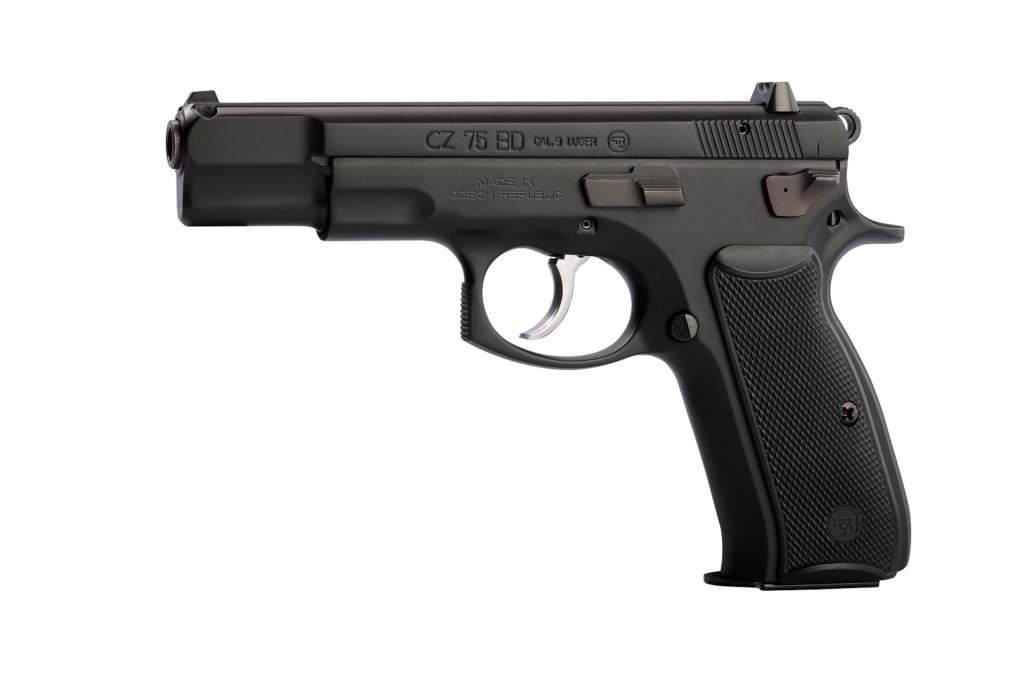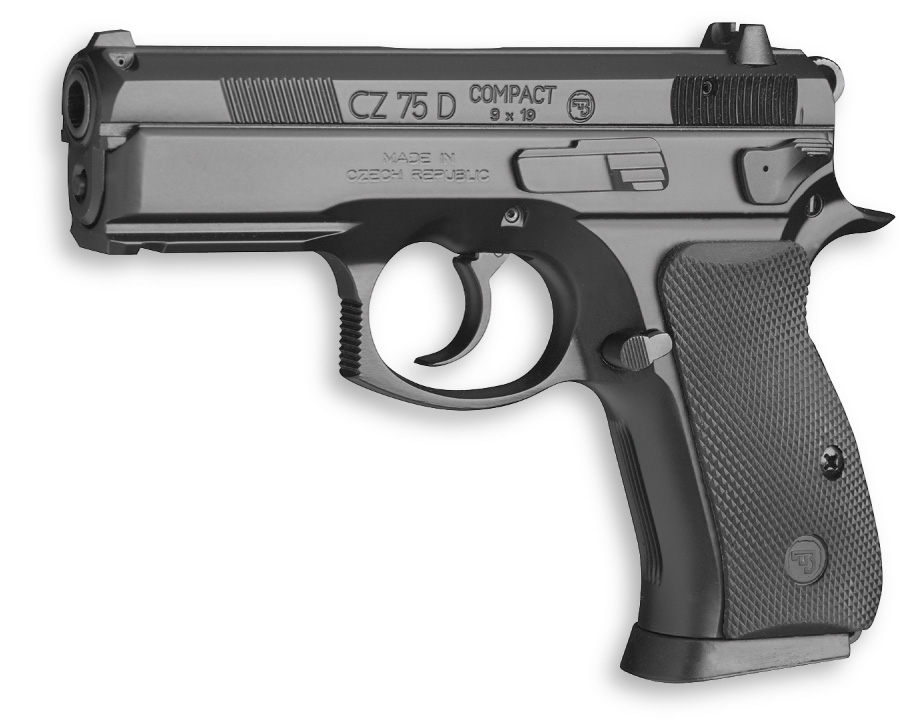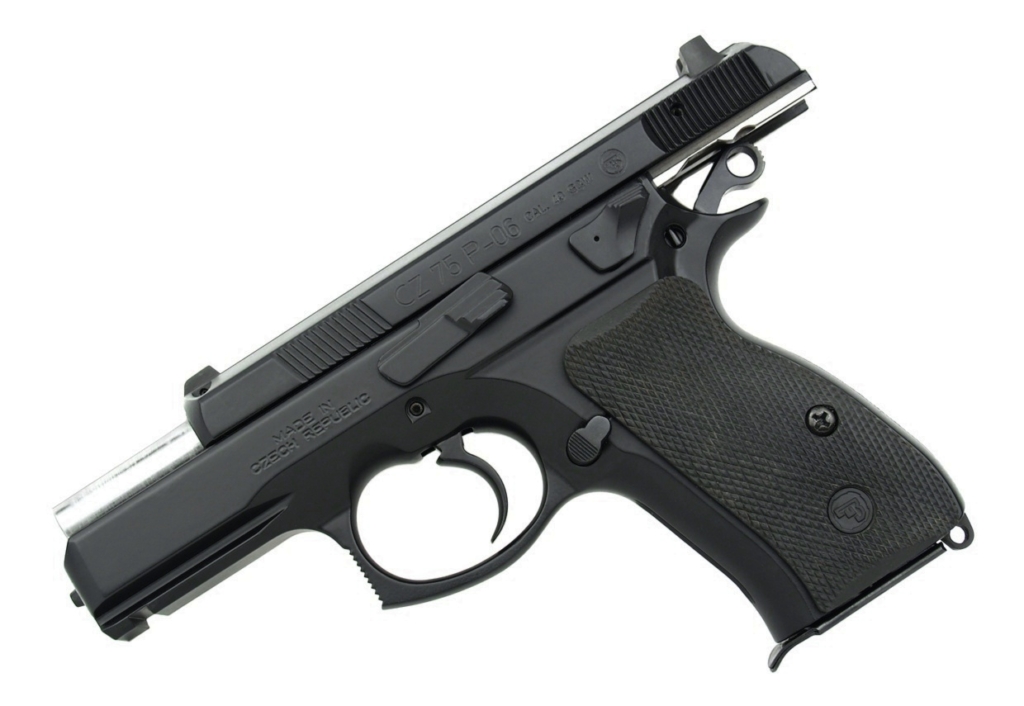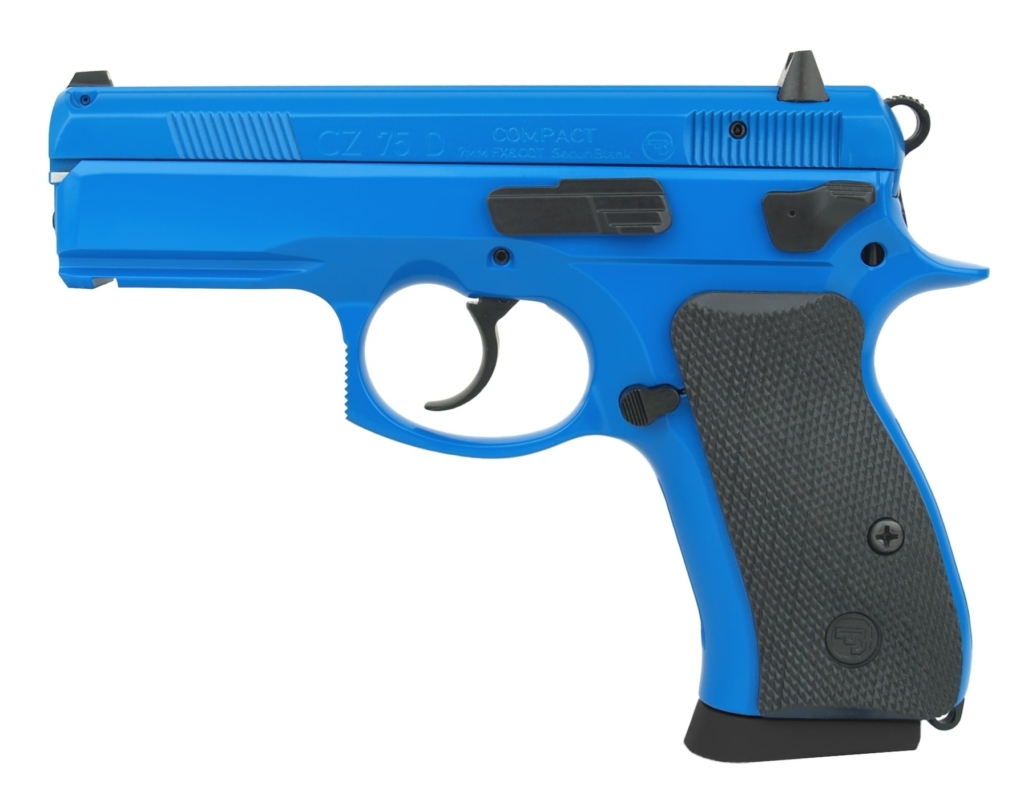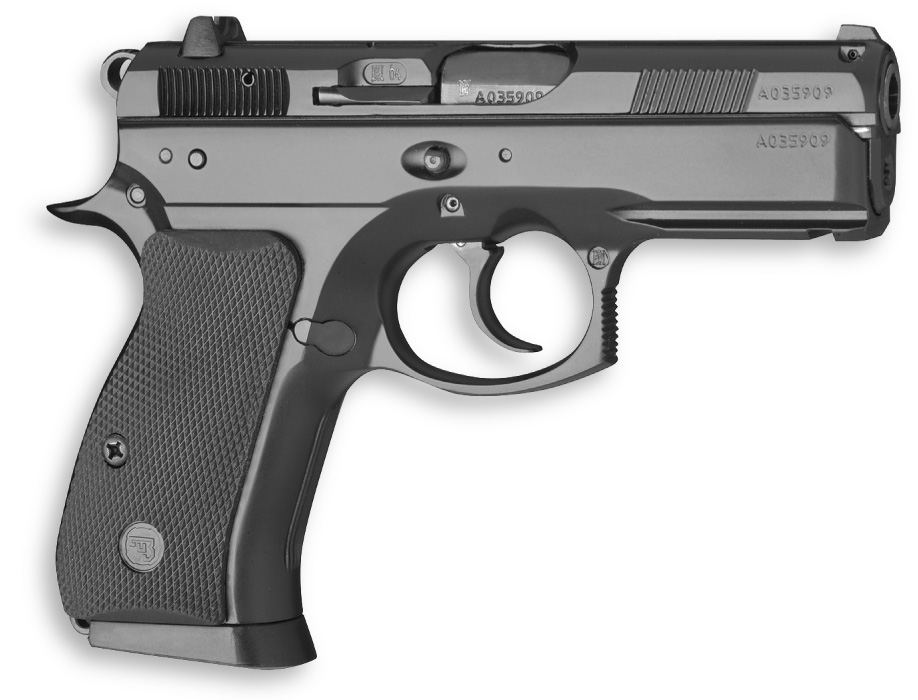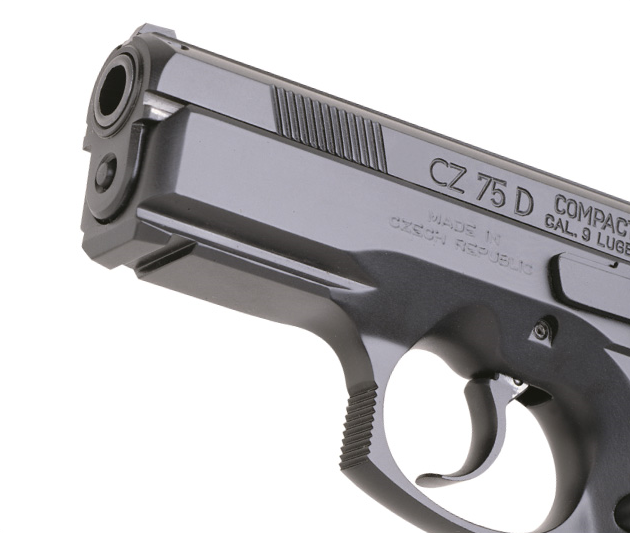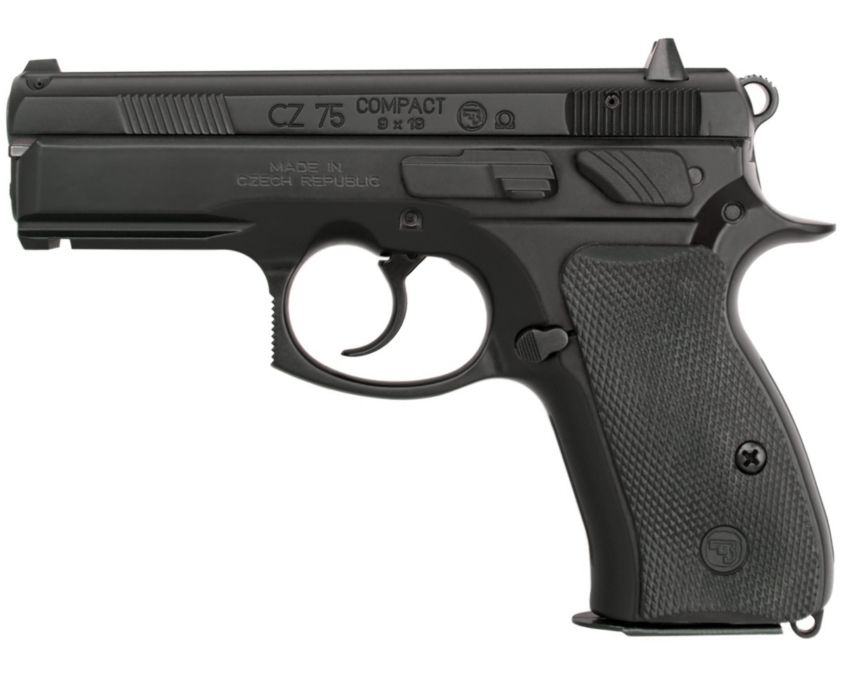CZ 75 D Compact – CZ 75 enters the 21st Century
CZ 75 D Compact is often considered “the Holy Grail” of defensive firearms combining the super ergonomics and accuracy of the original CZ 75 with 21st-century technologies. Let’s have a look at its story a bit closer.
Since the mid-1980s Czechoslovak police forces finally received an up-to-date replacement of less than ideal CZ 50 and CZ 70 models called Vz. 82. Chambered in a brand new cartridge Vz. 82 which was similar in size to the standard Eastern Block handgun cartridge 9mm Makarov these handguns were a huge step forward in terms of capacity (12 rounds compared to 8 in the case of CZ 70) ergonomics as well as performance.
The early 1990s and the fall of the communist regime in Czechoslovakia brought a considerable increase in organized crime and it soon appeared that the Czech police forces may need to switch to a more modern handgun to address these threats.
The first impulse came from the Czech Ministry of Interior in 1995 and CZ decided to take part in the trials with three different handguns giving the police enough space for decision. The first and most conservative was CZ 75 BD which was pretty much a standard CZ 75 equipped with a decocker. The second choice was its compact and lightweight variant called the “CZ 75 BD Compact” with an alloy frame and finally, the newest polymer-framed striker-fired handgun CZ 100.
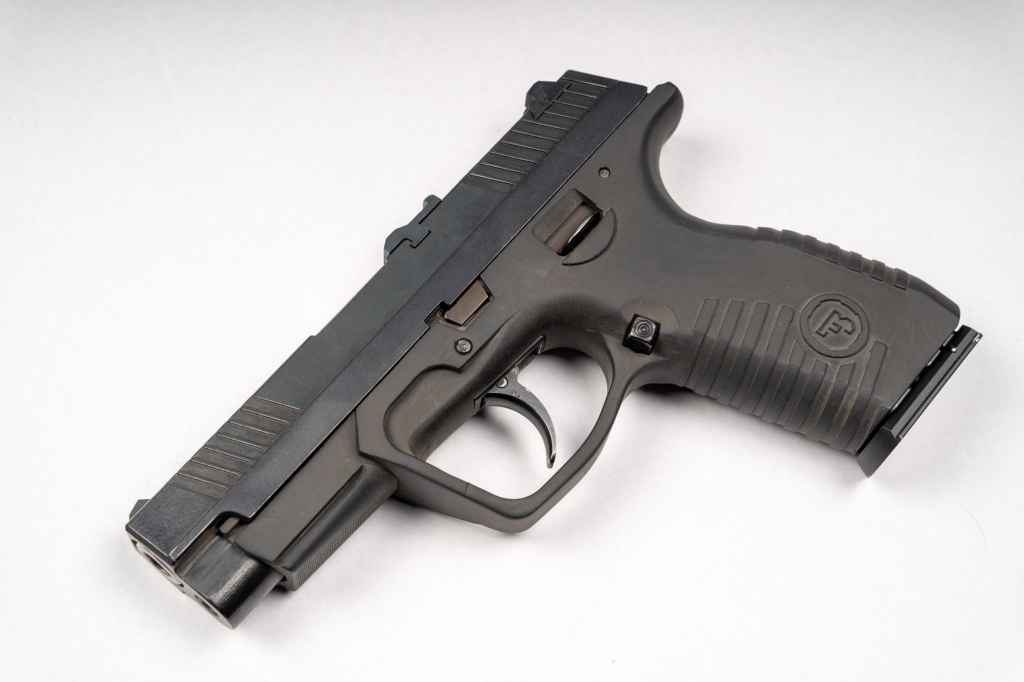
CZ 100
In June 2000 after severe delays, the ministry decided to approach CZ directly with a requirement for 46.000 handguns with holsters and with very strict requirements. CZ has submitted 100 pieces of CZ 75 D Compact handguns for testing purposes in July 2000.
The handguns passed a series of harsh tests including shooting 15.000 rounds with a failure rate of only 0,06 – 0,08% or an exhaustive parts interchangeability test with flying colors and CZ was given a green light to start production. Between 2001 and 2005 all „police compacts“ were produced and apart from the standard CZ 75 D Compact CZ also developed and delivered sets of control allowing for transforming the standard models into fully ambidextrous CZ 85 D Compact, training models as well as CZ 75 P-06 chambered in then popular .40 S&W cartridge.
A very interesting variant was a CZ 75 D Compact conversion into 7,65mm Browning (.32 ACP) requested by French police. This model, however, never left the prototype phase.
The positive news for CZ aficionados was the fact that CZ released the “D Compact” for the civilian market as well. That meant that the general public was allowed to benefit from the strict requirements of the Czech police leading to all sorts of updates to the original CZ 75 design.
The most important change was the frame being made from light alloy allowing for more comfortable everyday carry. The front part of the frame featured a rail for accessories and its shape was also improved extensively to provide for even better grip. As if the original CZ 75 ergonomics were not already superb.
The defensive potential of the good old CZ 75 trigger system with a crisp single action and smooth double action pull was supplemented by the addition of a decocker lever allowing the shooter to release the hammer to halfcock position. That means the hammer was not in direct contact with the firing pin which was, on top of that, secured by a standard firing pin safety known from the „B“ models. No wonder the pistol passed the drop test from up to 3m height.
One more „hot news“ was the cold hammer forged barrel that was isothermally hardened which compared to a previously used broaching increased the life span of the barrel significantly.
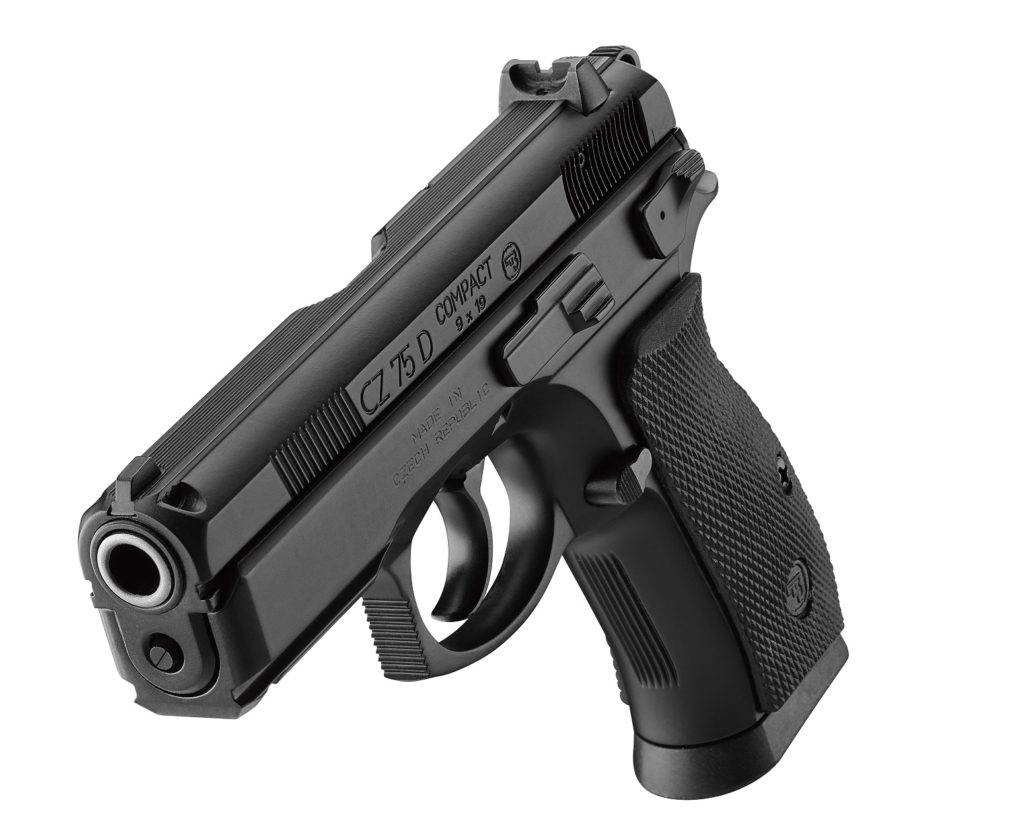
Product improvement of the nearly perfect CZ 75
Apart from these improvements of a nearly flawless CZ 75 design the „D Compact“ also paved the way for newer models like CZ 75 P-01 Omega or CZ 75 P-07 Duty. But that is another story.
Source: D. Pazdera – Legenda jménem CZ

